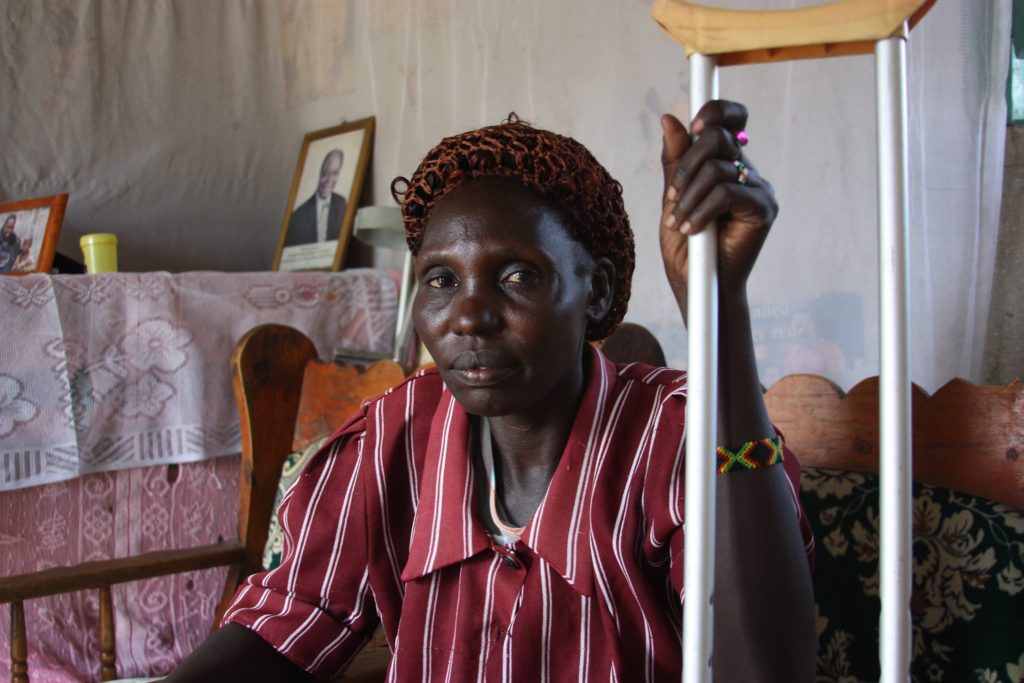During a Rift Valley Fever (RVF) outbreak in 2006–07, Somali pastoralists in northeastern Kenya experienced high livestock mortality and abortions, especially amongst flocks of sheep, resulting in the loss of approximately 75 per cent of livestock. Members of the community also reported livestock bleeding from the nose and other body orifices. A month later, communities were alarmed when family members and friends started falling ill from an ‘unknown illness’. North-eastern Kenya was one of the major hotspots of RVF in 2006–07 and most of the 400 human cases and 90 deaths occurred in this region. This SSHAP Case Study highlights how anthropological assessments can contribute to greater understanding and trust between communities and responders, and thereby improve the response to an epidemic.
We use cookies to ensure that we give you the best experience on our website. If you continue to use this site we will assume that you are happy with it.Ok



